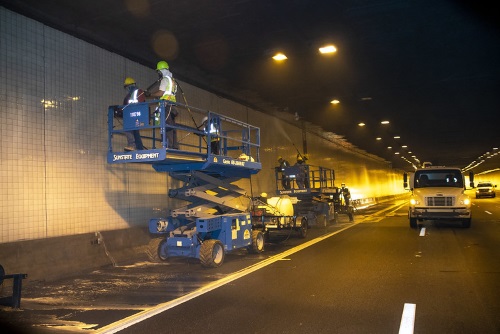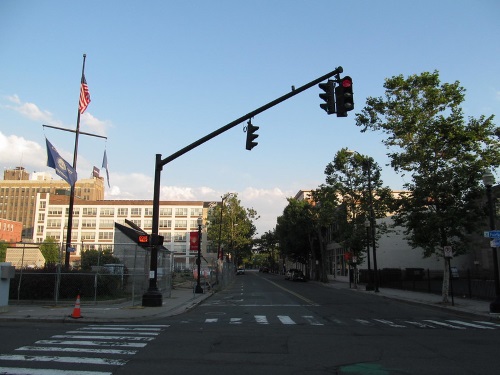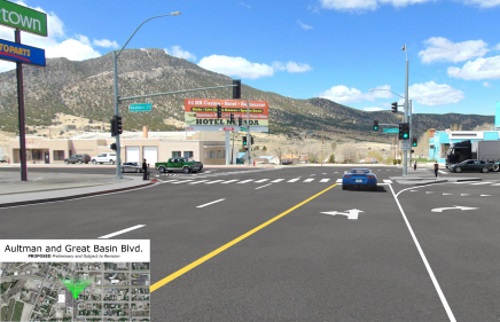International bicycle sharing service Lime Bike is planning to invest $50 million in new electric-powered bicycles or “e-bikes” as well as an expansion of its network in the United States to 25 additional cities in 2021.
[Above photo by Lime Bike.]
“As we build out the Lime platform to serve any trip under five miles, e-bikes are a key piece of the puzzle, providing a perfect option for medium-length trips,” explained Wayne Ting, CEO of Lime, in a company blog post.
“That’s why we’re making substantial investments to upgrade our world-class e-bike and bring it to more cities across the globe, giving riders a new and exciting way to leave the car behind,” he said. “Shared micro-mobility is playing an essential role in getting cities moving again safely so we see this as a critical moment to double down on e-bikes as an open-air, socially distanced transportation option.”
Lime noted that this investment comes after it achieved its first full quarter of profitability in 2020 and as e-bike use “surges around the world.” The firm said people took more than three million rides on Lime e-bikes in 2021 and it expects that number “to grow significantly in 2021 as people are vaccinated and return to work, school, social activities and more.”
Lime added that a survey conducted in June 2020 found that many city residents are “changing their transportation preferences due to the COVID-19 pandemic, with many more likely to use micro-mobility options as a result of the viral outbreak.
Lime’s investment coincides with efforts on the part of state departments of transportation across America to improve bicycle infrastructure as part of “active transportation” strategies.
For example, on February 23, the American Association of State Highway and Transportation Officials and Adventure Cycling signed a memorandum of understanding or MOU to formalize a 16-year partnership that seeks to establish more than 50,000 miles of bike routes across the country. Currently, signage for nearly 15,000 miles of bicycle routes in 31 states and the District of Columbia is established.
“This MOU highlights AASHTO’s long-standing commitment to advancing a multimodal vision for America,” noted Jim Tymon, AASHTO’s executive director, in a statement. “Each new bike route gives people more travel options to connect with neighboring communities, recreational facilities, and tourism.” Scott Pankratz, Adventure Cycling’s executive director, added that signing this MOU comes at a time when “it is more important than ever since we’ve seen a surge in bicycle sales and cycling due to the [COVID-19] pandemic. It is exciting to see the momentum building to build bicycle corridors connecting both rural and urban America as this [national bicycle route] network prepares to tip over the 15,000-mile mark.”







